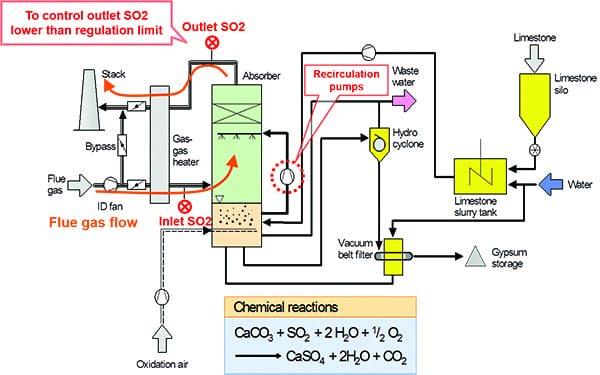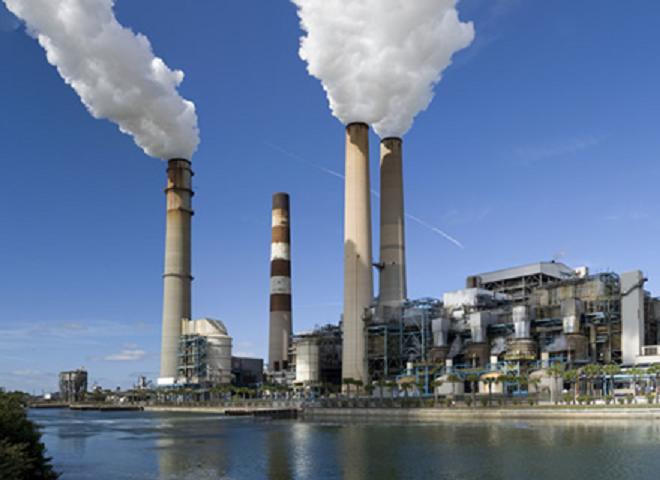Also for the ignorant, confused and stupid Democrats and Leftists posting on this subject;
...
History
Methods of removing
sulfur dioxide from boiler and furnace exhaust gases have been studied for over 150 years. Early ideas for flue gas desulfurization were established in
England around 1850.
With the construction of large-scale power plants in England in the 1920s, the problems associated with large volumes of SO2 from a single site began to concern the public. The SO2 emissions problem did not receive much attention until 1929, when the
House of Lords upheld the claim of a landowner against the Barton Electricity Works of the
Manchester Corporation for damages to his land resulting from SO2 emissions. Shortly thereafter, a press campaign was launched against the erection of power plants within the confines of London. This outcry led to the imposition of SO2 controls on all such power plants.
[3]
The first major FGD unit at a utility was installed in 1931 at
Battersea Power Station, owned by
London Power Company. In 1935, an FGD system similar to that installed at Battersea went into service at Swansea Power Station. The third major FGD system was installed in 1938 at
Fulham Power Station. These three early large-scale FGD installations were suspended during
World War II, because the characteristic white vapour plumes would have aided location by enemy aircraft.
[4] The FGD plant at Battersea was recommissioned after the war and, together with FGD plant at the new
Bankside B power station opposite the City of London, operated until the stations closed in 1983 and 1981 respectively.
[5] Large-scale FGD units did not reappear at utilities until the 1970s, where most of the installations occurred in the
United States and
Japan.
[3]
In 1970, the
U.S. Congress passed the
Clean Air Act of 1970 (CAA). The law authorized development of federal regulations in the United States covering emissions from both stationary (industrial) and mobile sources, which were subsequently published by the
U.S. Environmental Protection Agency (EPA). In 1977, Congress amended the law to require more stringent controls on air emissions.
[6] In response to the CAA requirements, the
American Society of Mechanical Engineers (ASME) authorized the formation of the PTC 40 Standards Committee in 1978. This committee first convened in 1979 with the purpose of developing a standardized "procedure for conducting and reporting performance tests of FGD systems and reporting the results in terms of the following categories: (a) emissions reduction, (b) consumable and utilities, (c) waste and by-product characterization and amount."
[7] The first code draft was approved by ASME in 1990 and adopted by the
American National Standards Institute (ANSI) in 1991. The PTC 40-1991 Standard was available for public use for those units affected by the 1990 Clean Air Act Amendments. In 2006, the PTC 40 Committee reconvened following EPA publication of the Clean Air Interstate Rule (CAIR) in 2005.
[8] In 2017, the revised PTC 40 Standard was published. This revised standard (PTC 40-2017) covers Dry and Regenerable FGD systems and provides a more detailed Uncertainty Analysis section. This standard is currently in use today by companies around the world.
....

en.wikipedia.org






